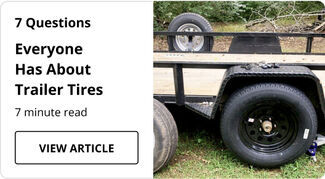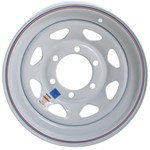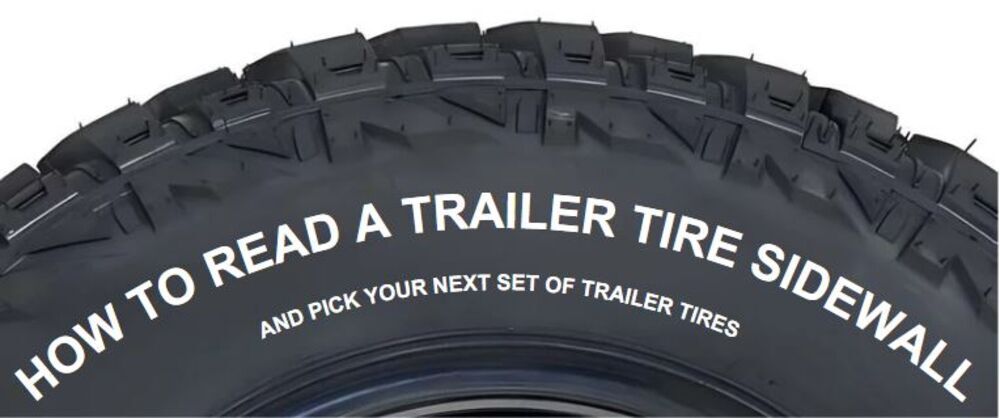
How to Read Your Tire Sidewall
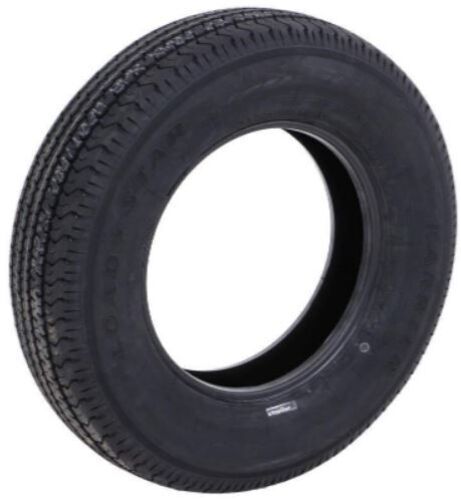
Application Type -that’s the general kind of tire (P, LT, ST, etc.) Section WIdth -the width from sidewall to sidewall Aspect Ratio -the ratio of section height to section width Internal Construction -whether the tire is radial or bias Wheel Diameter -the diameter of the wheel that tire will ideally be mounted on Load Rating -either load range, which is an approximation of the tire’s strength, or load index, which tells you a tire’s carrying capacity Speed Rating -the maximum speed your tires can safely go
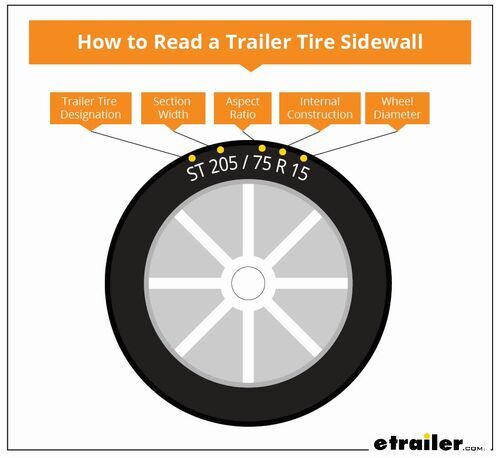
Section Width, Wheel Diameter, and Load Rating, or Section Width and Wheel Diameter alone.


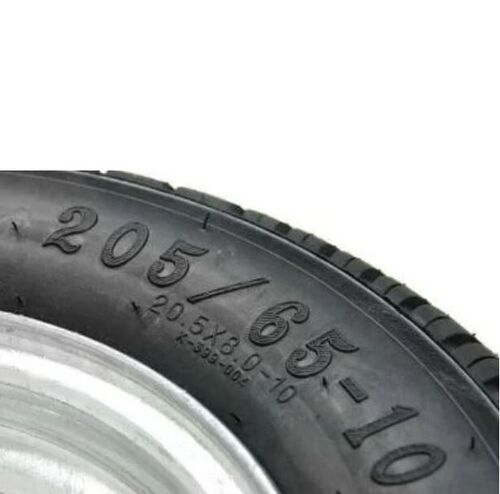

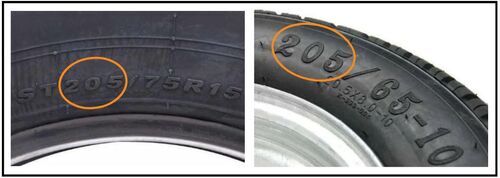
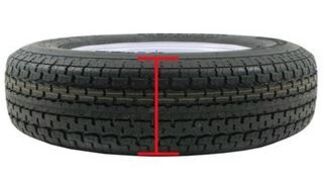
Aspect Ratio
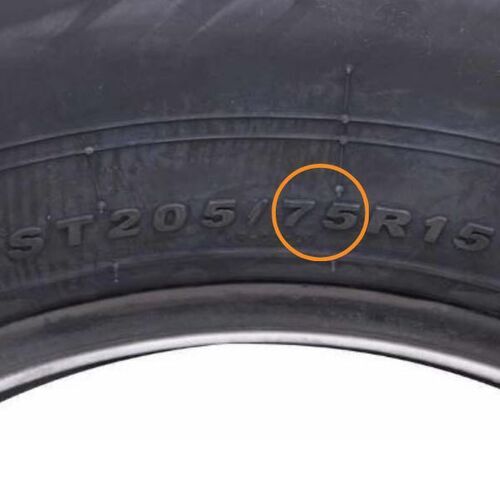
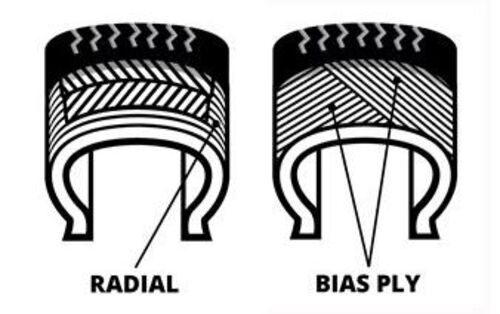
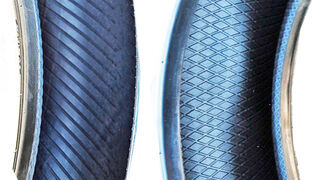
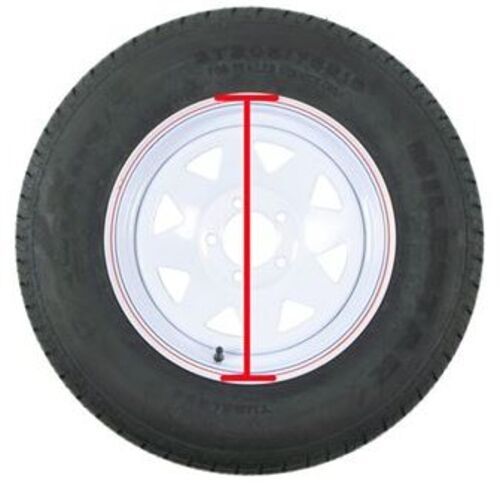

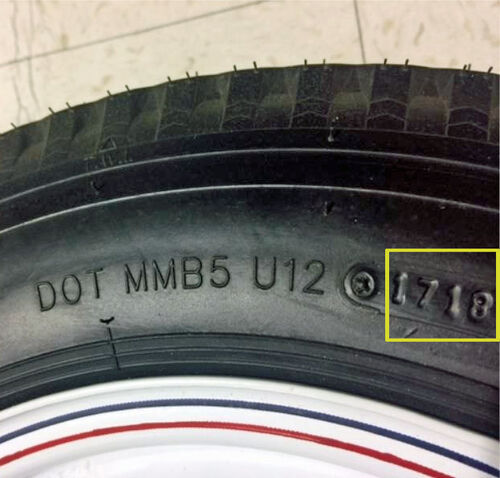
Departments
Towing
- Trailer Hitch
- Fifth Wheel
- Gooseneck
- Towing a Vehicle
- Front Hitch
- RV Hitch
- ATV Hitch
- HD Truck Hitch
- Vehicle Wiring
- Brake Controller
- Ball Mounts
- Weight Distribution
Sports and Recreation
Trailer Parts
- Utility Trailer
- Boat Trailer
- Landscape Trailer
- Enclosed Trailer
- 5th/Camper Trailer
- Car Hauler
- Horse Trailer
Vehicle
Contact & Help

What our customers are saying:
"Very helpful/friendly Customer Service. Competitive Pricing. Shipping was Fast."
John
Mankato, MN



